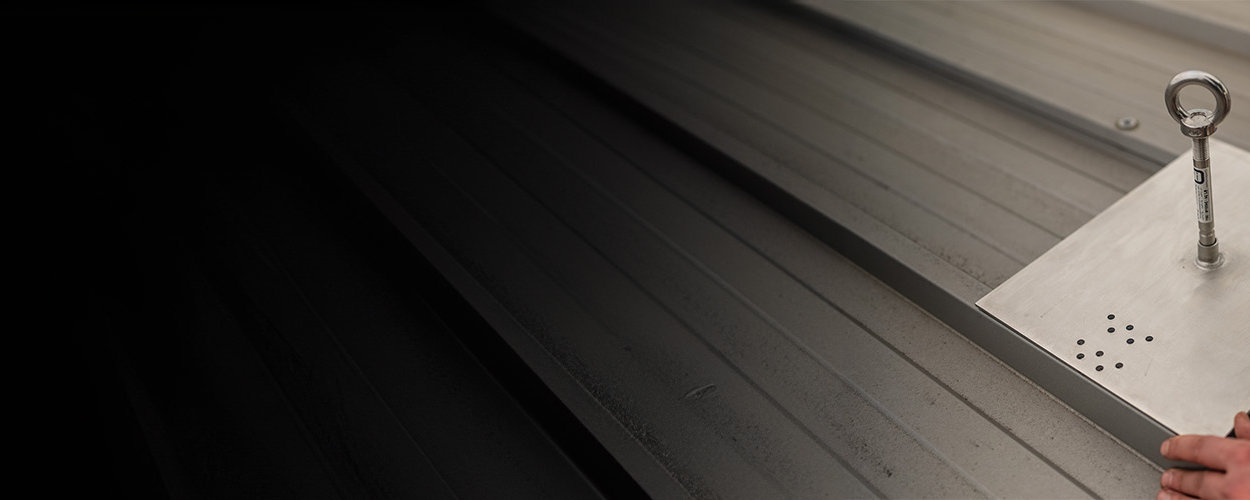Definition
Rope protection describes a form of fall protection for people. With rope protection, users use their personal fall protection equipment (PPE) to protect themselves from the dangers of falling from great heights (e.g. from roofs). Workers at height use a suitable lanyard to rope themselves to a suitable anchorage device. This is done by using a harness or lanyard and an anchorage device, which are connected to the two ends of the lanyard.
Depending on the design of the fall protection system, roof workers can be held back from the area at risk of falling or the fall can be stopped before impact.
Catch or restraint system?
Rope protection can be implemented as a restraint system or as a fall arrest system. The design as a restraint system has a preventive function, as it restricts the user's range of movement so that they are unable to enter the area at risk of falling while roped up. This means that the user is not normally in a position to accidentally step over the edge and fall.
However, work often has to be carried out in corners or in the immediate vicinity of the fall edge. In such situations, the lifeline serves as a fall arrest system. In the event of a fall, the person to be secured is protected from hitting the ground and sustaining serious injuries. However, in the event of a fall and being caught, injuries cannot be completely ruled out due to the high forces acting on the person's body. A shock absorber can significantly reduce the forces that occur and protect the user from injury. Depending on the anchorage device used, there is still a risk of a pendulum fall, which must also be considered.
Rope protection - an individual protection measure against falling
Rope protection is classified as individual protection. As a general rule, collective protection is preferable to individual measures for fall protection. This is particularly the case if danger zones have to be accessed very frequently. For example, for regularly recurring work on the roof. Railing systems as side protection would be suitable for this.
Normally, however, it is not necessary to frequently enter the area at risk of falling, which is why anchorage devices are predominantly used for lifeline protection.
